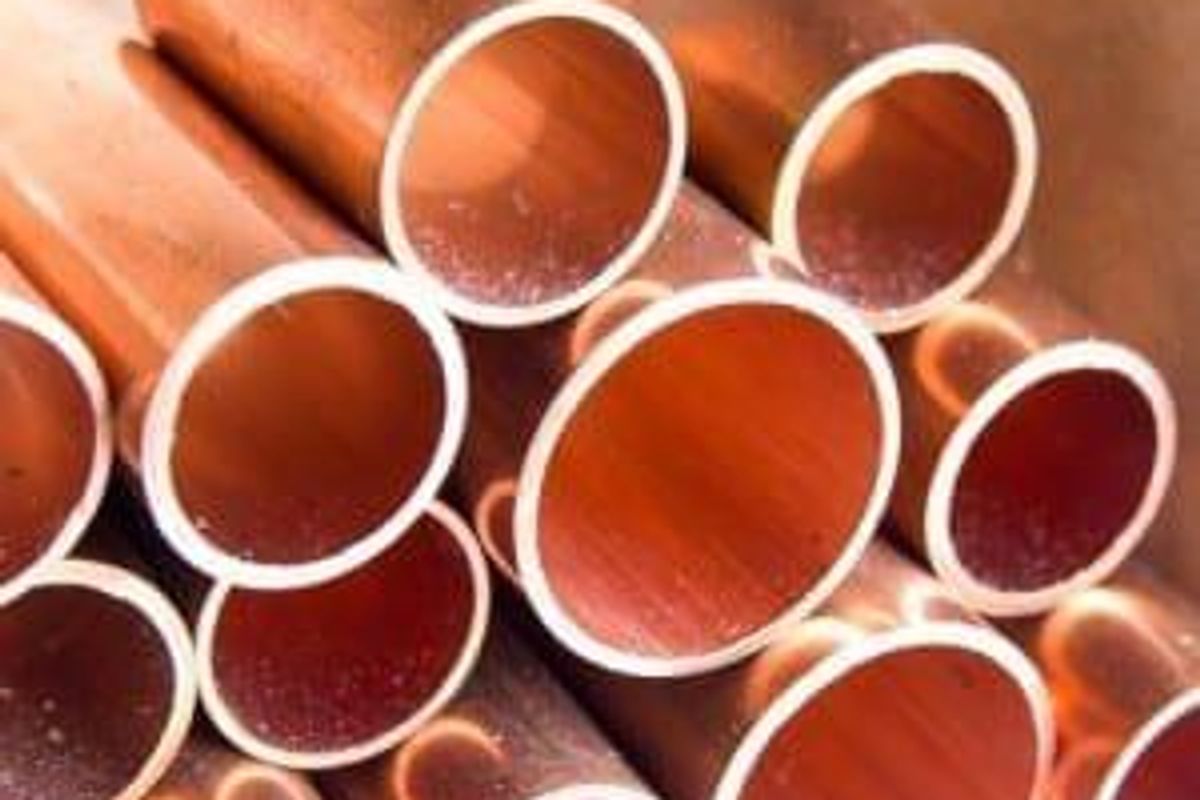
According to the US Geological Survey, there are 10 top copper-producing countries. Who made the list?
Copper prices have been on a downtrend for some time, losing roughly 26 percent in 2015. The red metal has gained back some ground throughout 2016, but is still sitting well below the $3-per-pound mark, largely due to a decrease in demand growth from top consumer China.
However, world copper supply hasn’t dropped as much as one might expect. According to the most recent report from the US Geological Survey (USGS), global copper production inched up 200,000 tonnes for a total of 18.7 million tonnes in 2015, despite reports of production cuts from major miners.
Here’s a look at the top copper-producing countries of 2015, as reported by the USGS. Chile took the top spot again by a long shot, although Peru saw a significant increase in its output.
1. Chile
Mine production: 5.7 million MT
Despite being hit with earthquakes, heavy rains and strikes in 2015, Chile’s copper production held up well, dropping by only about 50 tonnes relative to 2014. Still, mine production came in well below initial estimates for the year — Chile was initially expected to produce about 6 million tonnes in 2015.
2. China
Mine production: 1.75 million MT
China, the world’s largest copper consumer, is also the world’s second-largest producer of the red metal, coming in with only a slight decrease in production relative to 2014. Late in 2015, nine of the country’s largest copper smelters announced that they would cut production by more than 200,000 tonnes this year in an effort to support copper prices.
3. Peru
Mine production: 1.6 million MT
Peru came short of its goal of overtaking China to become the world’s second-largest copper producer. That said, it did see a drastic increase in production, jumping from 1.38 million tonnes in 2014 to 1.6 million tonnes in 2015.
With a number of major projects set to come online in 2016, Peru’s copper production is expected to increase by 66 percent this year, according to Peru Reports.
4. United States
Mine production: 1.25 million MT
US mined copper production was down by about 8 percent in 2015. According to the USGS, that was largely due to decreases in production in Utah and Arizona. Rio Tinto’s (NYSE:RIO,ASX:RIO,LSE:RIO) Bingham Canyon mine in Utah saw production fall by roughly 100,000 tonnes due to lower mill throughput.
5. Congo (Kinshasa)
Mine production: 990,000 MT
Copper production in the Congo decreased from 1.03 million tonnes in 2014 to 990,000 tonnes in 2015. According to Reuters, that’s the first time in six years that the country has seen a drop in copper production.
Glencore (LSE:GLEN) partially suspended production at its Katanga mining operations in Congo in September.
6. Australia
Mine production: 960,000 MT
Coming in at number seven on the list, Australia’s copper production remained fairly flat in 2015. Its copper output dropped just 10,000 tonnes from 2014, even with troubles at BHP Billiton’s (NYSE:BHP,ASX:BHP,LSE:BLT) massive Olympic Dam operations early on in the year.
7. Russia
Mine production: 740,000 MT
Russian copper production was relatively unchanged for 2015, coming in at 740,000 tonnes compared to 742,000 tonnes in 2014. Norilsk Nickel (MCX:GMKN) accounts for a large portion of that output — the company reported consolidated copper production of 369,000 tonnes for 2015.
8. Canada
Mine production: 695,000 MT
Similarly, Canadian copper production remained flat in 2015, sitting around 695,000 tonnes relative to 696,000 tonnes for the year previous. While the strong US dollar may be putting pressure on copper prices, the exchange rate can be a boon for Canadian producers who record costs in Canadian dollars, but sell in US dollars.
9. Zambia
Mine production: 600,000 MT
Zambia dropped from eighth to ninth on the list of top copper producers last year, seeing a decline in copper production of roughly 92,000 tonnes relative to 2014. Barrick Gold (TSX:ABX,NYSE:ABX) halted operations at its Lumwana mine in Zambia due to higher royalties in the country, but by April the country had reversed its decision on the royalty hike.
10. Mexico
Mine production: 550,000 MT
Mexico rounds out the list of the world’s 10 top copper-producing countries for 2015 with 550,000 tonnes of production, an increase from 515,000 tonnes in 2014. Despite being lowest on the list, Mexico is also home to Grupo Mexico (OTCMKTS:GMBXF), which owns 85 percent of Southern Copper (NYSE:SCCO), one of the largest copper-producing companies in the world.
Don’t forget to follow us @INN_Resource for real-time news updates.
Securities Disclosure: I, Teresa Matich, hold no direct investment interest in any company mentioned in this article.
This article was originally published on May 17, 2016.
Source: investingnews.com




